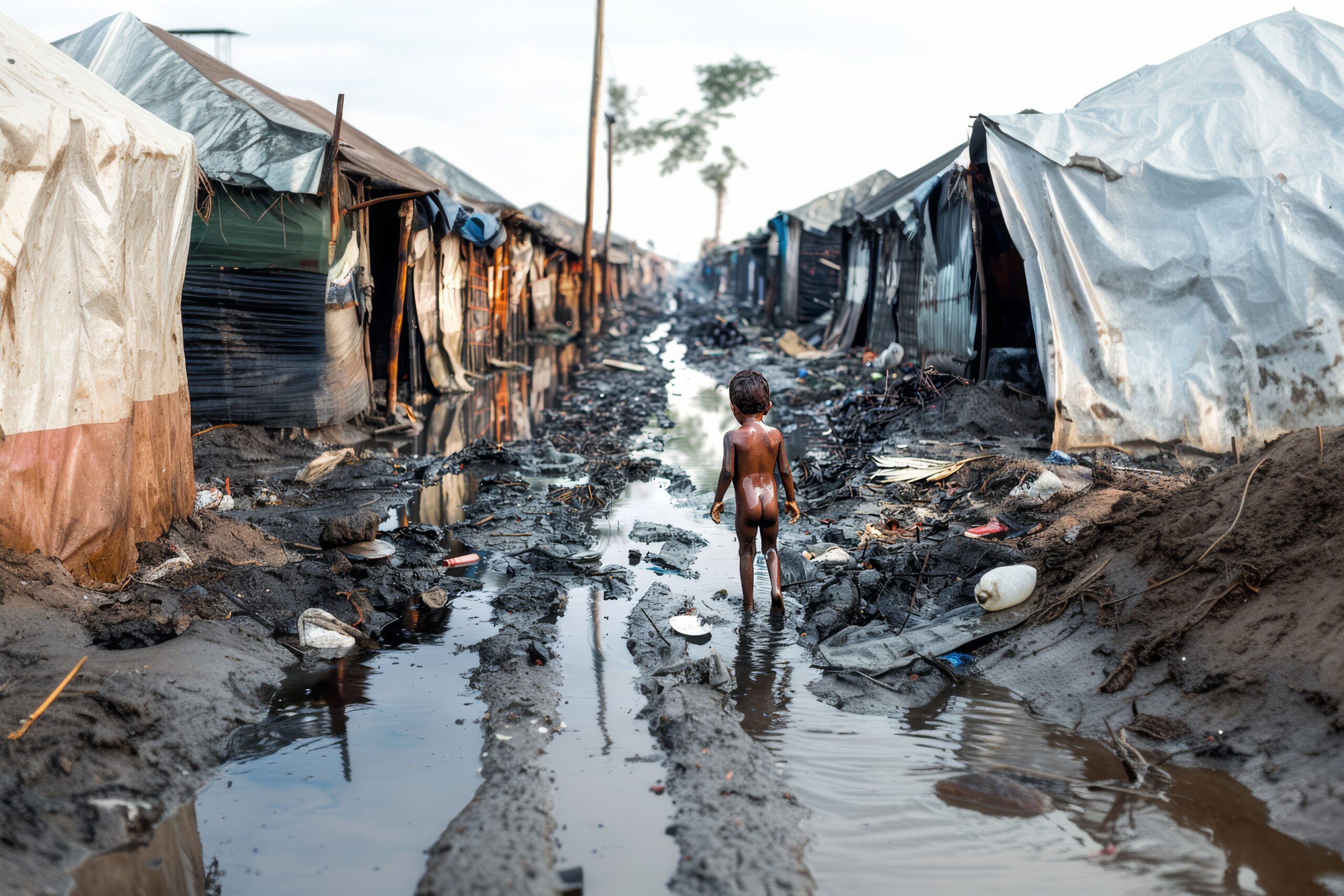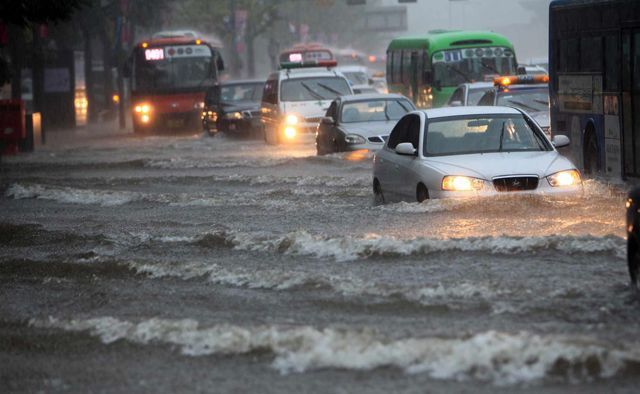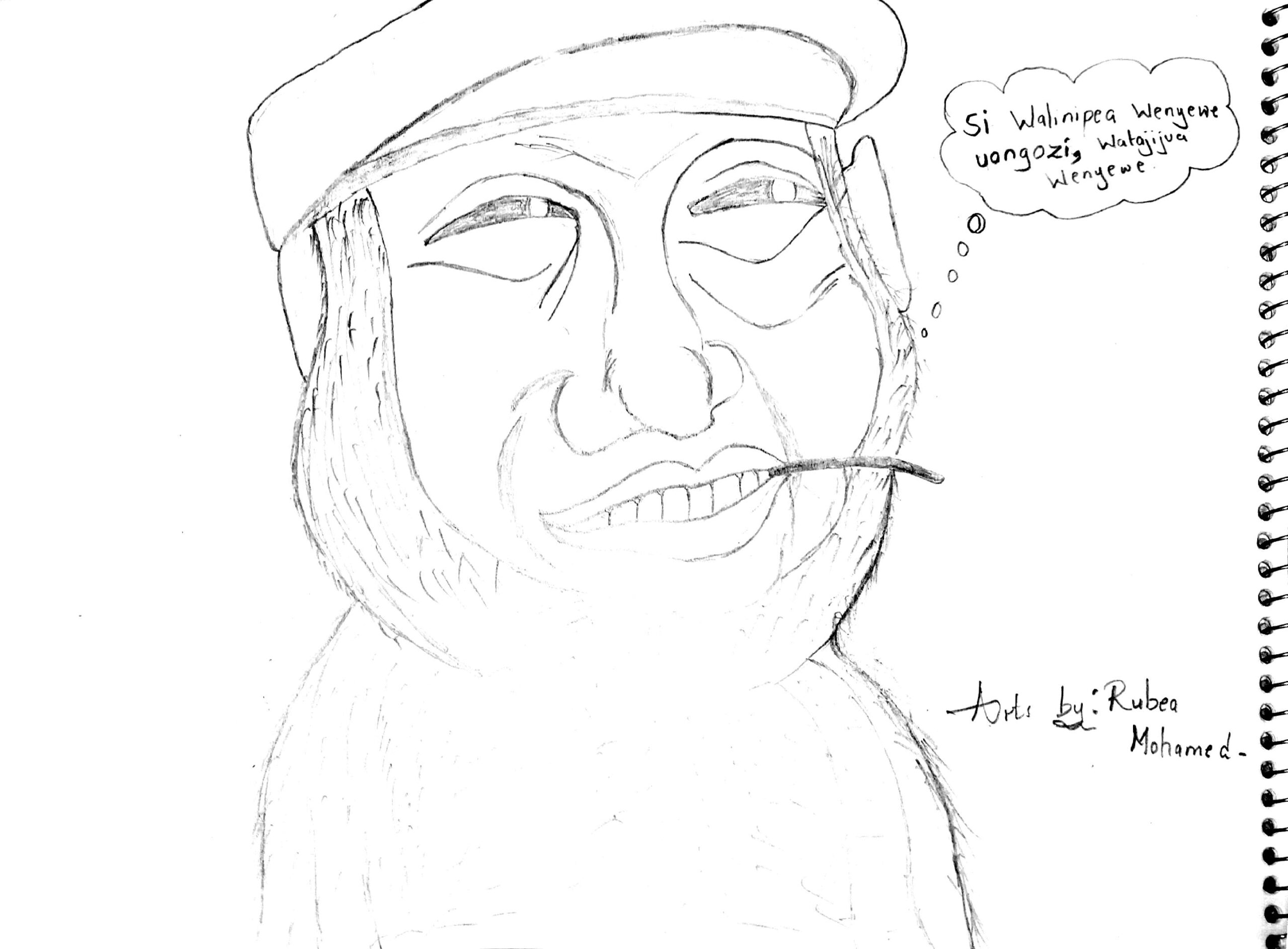Salwa Mahmoud
Lamu is not just another town. It is a UNESCO World Heritage Site, a jewel of history, culture and resilience. The world looks to Lamu as a symbol of heritage worth protecting. Yet what do we show them? Streets littered with waste!. Sewage pouring into the very ocean that sustains us. A county government that watches silently as this destruction unfolds.
Every single day, untreated drainage flows straight into the sea. Plastics, chemicals and filth choke the waters that feed our families and attract the visitors who keep our economy alive. The same ocean that fishermen depend on and hoteliers market to tourists is being turned into a toxic pit. Once, we rose up to fight a coal plant to save this ocean. Yet today we poison it ourselves. Quietly. Carelessly. Shamefully.
On land the picture is disgraceful. Open dumping sites stain Lamu’s image and suffocate its future. Donkeys,reliable transport in Lamu, collapse after feeding on plastics and waste. Their deaths are not just about animals. They symbolize a community so neglected that even its most essential systems of survival are falling apart. This is a scandal.
And where is the county government? Absent. Waste management has been abandoned, left in the hands of CSOs who scrape for donor funding to do what the government is paid to do. Even when youth and community groups step forward with clean up initiatives, they are ignored. Instead of owning its constitutional duty, the county hides behind the goodwill of outsiders while public money vanishes into festivals and empty pageantry in the name of Economic Empowerment.
What makes this betrayal even worse is the contradiction. The people of Lamu once united and fought for years to stop the coal plant. They traveled internationally, built coalitions across Africa and refused to give up until victory was secured. That was against billion-shilling interests backed by state and foreign powers. Yet today, when it comes to pressuring a small county government to manage waste, complete stalled projects, staff hospitals or rein in police abuse, the same unity is nowhere to be found.
For Lamu to succeed, waste management must be seen as a shared responsibility. The county must play its part with seriousness, efficiency and accountability. But the community too must rise, amplifying its voice, demanding action and refusing silence whenever the county turns a blind eye. Without this partnership, there is no future.
The bitter truth is that the community has chosen its own bad fate. By staying silent where it should rise, by accepting neglect where it should demand justice, Lamu is digging its own grave. History will not remember Lamu for its beauty. It will remember how its people destroyed it, by choice by being afraid of powers that they gave life.






